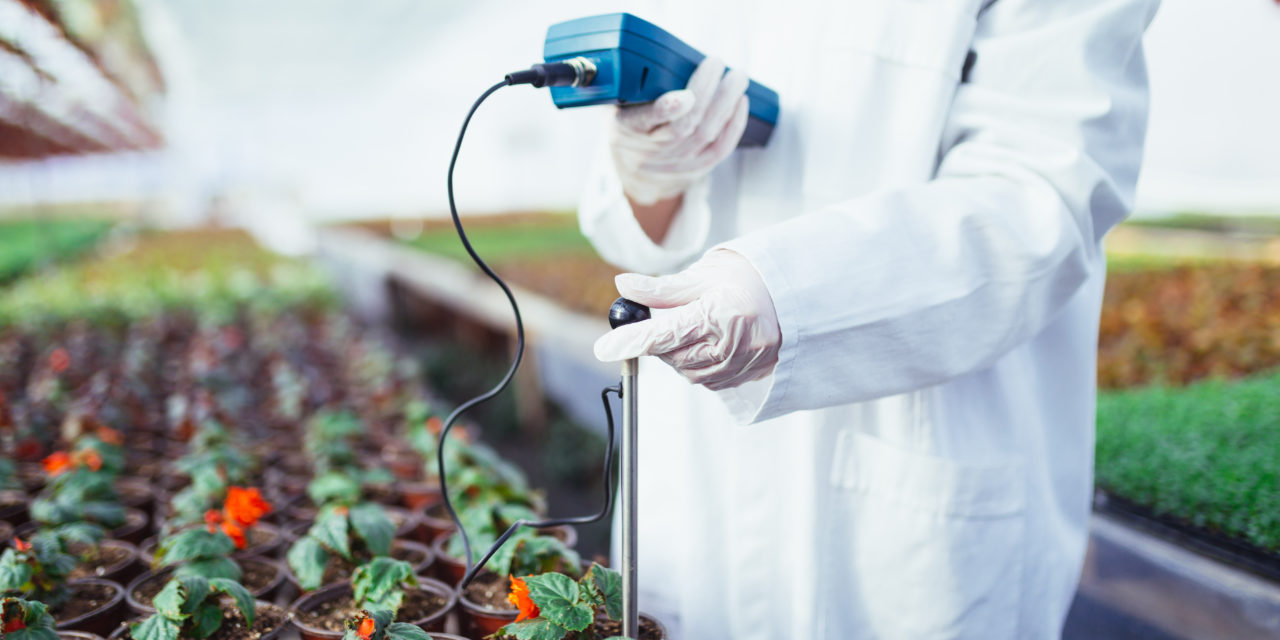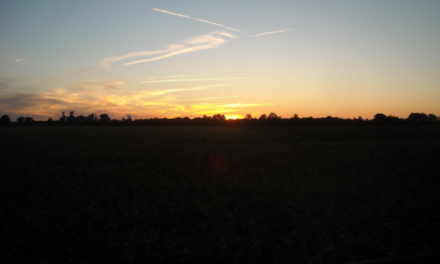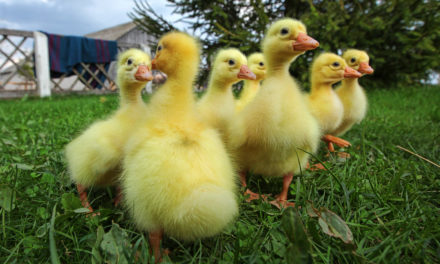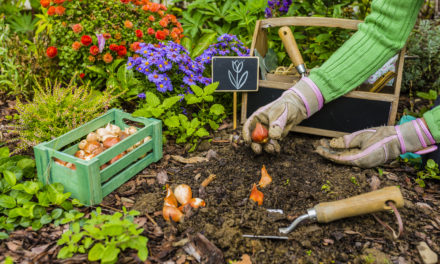Have you checked your pH lately? Are you sour or sweet? pH is many things but it is the only time in the entire English language when you may correctly start a sentence with a lower case letter! There’s one for trivia night!
 Critical to gardening success is an understanding of pH, soil’s level of alkalinity or acidity. Most soils in this area fall into a normal range of 4-8. The extremes in the pH scale run from 0 which is extremely acidic (pure acid), to 14 which is extremely alkaline (pure lye). From the neutral point of 7, the numbers increase or decrease in geometric progression. pH 5 is 10 times more acidic than pH 6, pH 4 is 100 times more acidic, and pH 3 is 1000 times more acidic. In plain English, this means that small rises in the pH number can really mean a sharp jump in the acidity or the alkalinity of your soil.
Critical to gardening success is an understanding of pH, soil’s level of alkalinity or acidity. Most soils in this area fall into a normal range of 4-8. The extremes in the pH scale run from 0 which is extremely acidic (pure acid), to 14 which is extremely alkaline (pure lye). From the neutral point of 7, the numbers increase or decrease in geometric progression. pH 5 is 10 times more acidic than pH 6, pH 4 is 100 times more acidic, and pH 3 is 1000 times more acidic. In plain English, this means that small rises in the pH number can really mean a sharp jump in the acidity or the alkalinity of your soil.
Most plants grow best in a pH range of 6 to 7 because that is the level where most essential mineral nutrients are available for intake by these plants. Beneficial bacteria and fungi occur in greatest numbers in soil with this pH. They release nutrients from organic matter in soils, causing the uptake of certain minerals by plant roots and providing protection to plants against disease-causing microbes.
I know it’s a lot to chew on and pH can be confusing. If you just remember that a key to successful gardening is taking the time to test your soil for pH levels, the rest will make sense as you garden. Soil testing kits have come a long way in their accuracy and ease of use. Buchheit has several types in their gardening section.
 Many times without the knowledge of where my pH stood, I thought I had a virus or root rot. For instance, this container of snow peas was nothing more than soil out of pH balance. Garden soil, especially those in containers, can become more acid as fertilizers and humus (organic compost) are worked in and various nutrients are leached away. The yellowed leaves on the bottom of these plants were from a pH issue, not root rot or a virus. Once I tested the soil it all made sense. It’s important to test for pH.
Many times without the knowledge of where my pH stood, I thought I had a virus or root rot. For instance, this container of snow peas was nothing more than soil out of pH balance. Garden soil, especially those in containers, can become more acid as fertilizers and humus (organic compost) are worked in and various nutrients are leached away. The yellowed leaves on the bottom of these plants were from a pH issue, not root rot or a virus. Once I tested the soil it all made sense. It’s important to test for pH.
The calcium level in the soil controls pH. Calcium can be washed out of the soil making soil more acid but please don’t add anything until you test the soil first.
For soil pH less than 6, you want to reduce the acidity to raise the pH. Appling limestone will work. But less is more. There is always the danger of overdoing it.
In sandy loam 50 pounds per 1000 sq. feet will raise pH one point and in medium loam use 70 pounds. Work the lime into the top 6 inches of soil. It takes time to change pH so none of the treatments will work over night, but they will work.
Lowering pH of alkaline soils, which is increasing a soil’s acidity, is more difficult than raising pH. Granulated elemental sulfur will, over a period of a few months, turn into sulfuric acid in the soil. Like the limestone, it is based on the texture of your soil. So, sandy loam takes 8 pounds per 1000 sq. feet to lower pH by about a point and in heavy loam (clay soil) it will take 25 pounds per 1000 sq. feet. You can also use peat moss to change pH but as it is not a renewable resource, I choose to use it only to change pH in my containers. It works great to change pH and add lift to my containers to prevent soil compaction.
None of these amendments will change pH quickly so it is best to soil test and incorporate them in the fall so they have all winter to work. But that shouldn’t stop you from testing the soil now as it will help you plan your garden long-term.
None of the effects of the limestone or sulfur are permanent, which is another reason to test soil every 3 to 5 years.
There is much to learn as you garden! That’s why I always look to the “grey haired experts” for the best advice! Happy Gardening!! Anne May







Great article Annie!